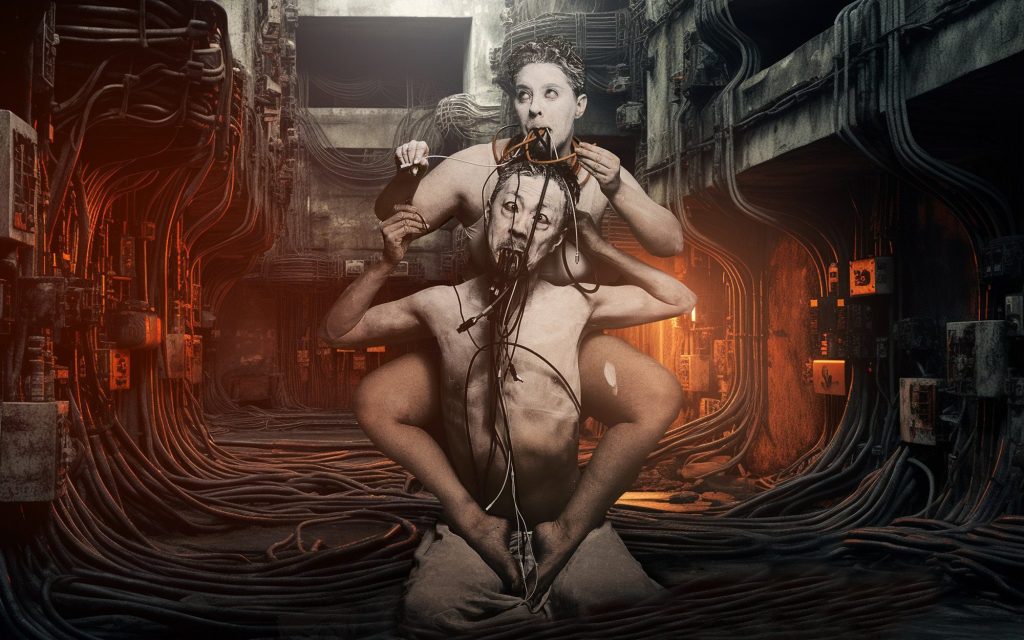Butoh is a dance form that originated in Japan in the late 1950s and early 60s, but many may know it by its original name “ankoku butoh”, meaning “dance of darkness”. Often characterised by slow, controlled movements with dancers painted head-to-toe in white, butoh is a form of expression that focuses on both physical and psychological states of being.
In the past few decades, however, butoh has evolved into both traditional and contemporary streams. Yumi Umiumare, butoh dancer, choreographer and co-Founder of ButohOUT! festival says when she first came across butoh, it completely changed her understanding of dance. ‘I had classical ballet training when I was little, so when I first saw butoh I was totally shocked. It was the exact opposite of what dance teachers taught us; butoh was everything they said not to do.





